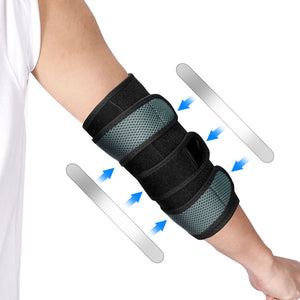Pain behind the Back

Back pain is a common ailment that affects people of all ages and backgrounds. It can range from mild discomfort to severe, debilitating pain, significantly impacting an individual's quality of life.
Symptoms
Individuals experiencing back pain may often notice a dull, persistent ache in the lower back. This may be accompanied by stiffness and limited mobility, making it challenging to perform daily activities. Some individuals might experience sharp, shooting pain that radiates down the legs, commonly known as sciatica. Muscle spasms and tightness are also frequent symptoms of back pain. Additionally, individuals with back problems might find it difficult to stand up or maintain a straight posture due to the discomfort they experience.
Causes
One of the primary causes of back pain is poor posture. Incorrect sitting or standing positions can strain the muscles and ligaments in the back, leading to pain. Additionally, muscle strain can occur due to overexertion, lifting heavy objects improperly, or sudden movements. Chronic back pain may be caused by spinal conditions such as herniated discs, osteoarthritis, or spinal stenosis. Moreover, a sedentary lifestyle devoid of physical activity weakens the back muscles, making them more susceptible to pain and injury. It is worth noting that stress and emotional factors can manifest physically, including back pain. Mental stress and emotional issues have been known to contribute to the onset or exacerbation of this condition.
Treatment options
There are various treatment options available to manage and alleviate back pain. Exercise and physical therapy play a crucial role in strengthening and stretching the muscles, which can help relieve pain and prevent future episodes. Physical therapists can provide personalized treatment plans tailored to an individual's specific needs. Over-the-counter pain relievers or prescribed medications may be used to manage acute or chronic pain. Heat and cold therapy can also be effective in reducing inflammation and providing temporary relief. Adopting proper posture while sitting, standing, and lifting heavy objects is important to prevent unnecessary strain on the back. Complementary therapies such as acupuncture, chiropractic adjustments, and massage therapy may offer relief for some individuals. In severe cases where conservative treatments fail, surgical intervention may be necessary to address underlying conditions.
Prevention
Preventing back pain is crucial to maintaining a healthy lifestyle. Regular exercise that focuses on strengthening the core muscles and maintaining overall fitness can help prevent back pain. It is also essential to practice ergonomic habits, such as using supportive chairs, adjusting computer screen height, and lifting objects correctly, to reduce strain on the back. Maintaining a healthy weight is another preventive measure, as excess weight puts additional stress on the spine, increasing the risk of back pain. Lastly, managing stress through techniques like meditation or yoga can alleviate physical tension and potentially prevent the onset of back pain.
Back pain is a prevalent issue that can significantly impact an individual's daily life. Seeking medical advice for persistent or severe pain is crucial, as early intervention can lead to better outcomes. Additionally, adopting healthy habits that promote a strong and resilient back is essential for long-term well-being. By implementing preventative measures and utilizing appropriate treatments, individuals can minimize the impact of back pain and enjoy a pain-free life.
-
Posted in
Back pain solutions, Brace, Joint













